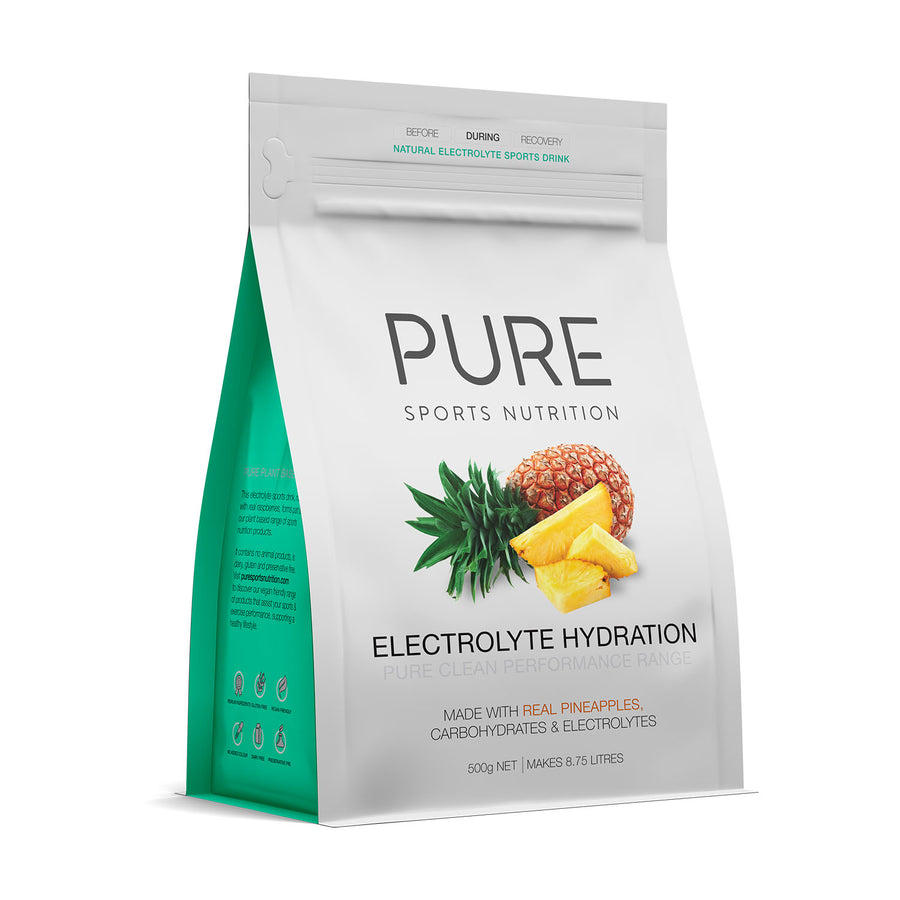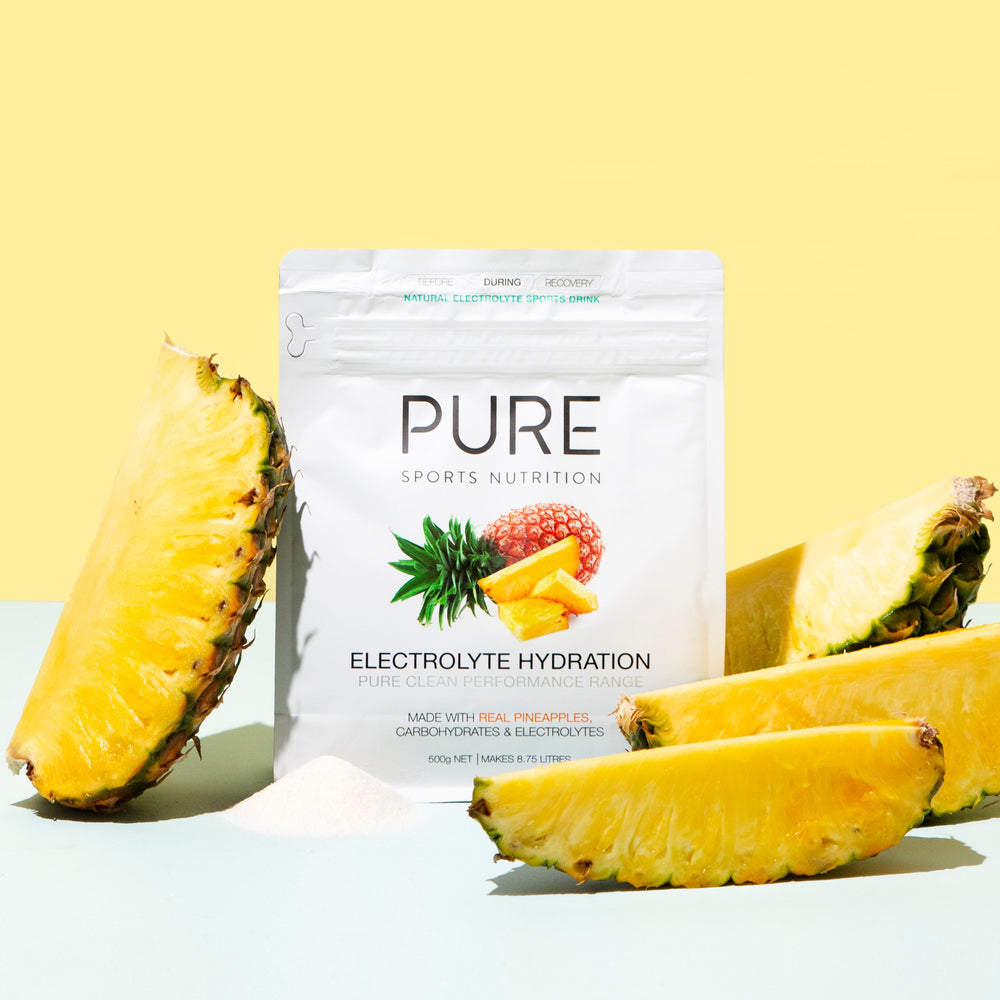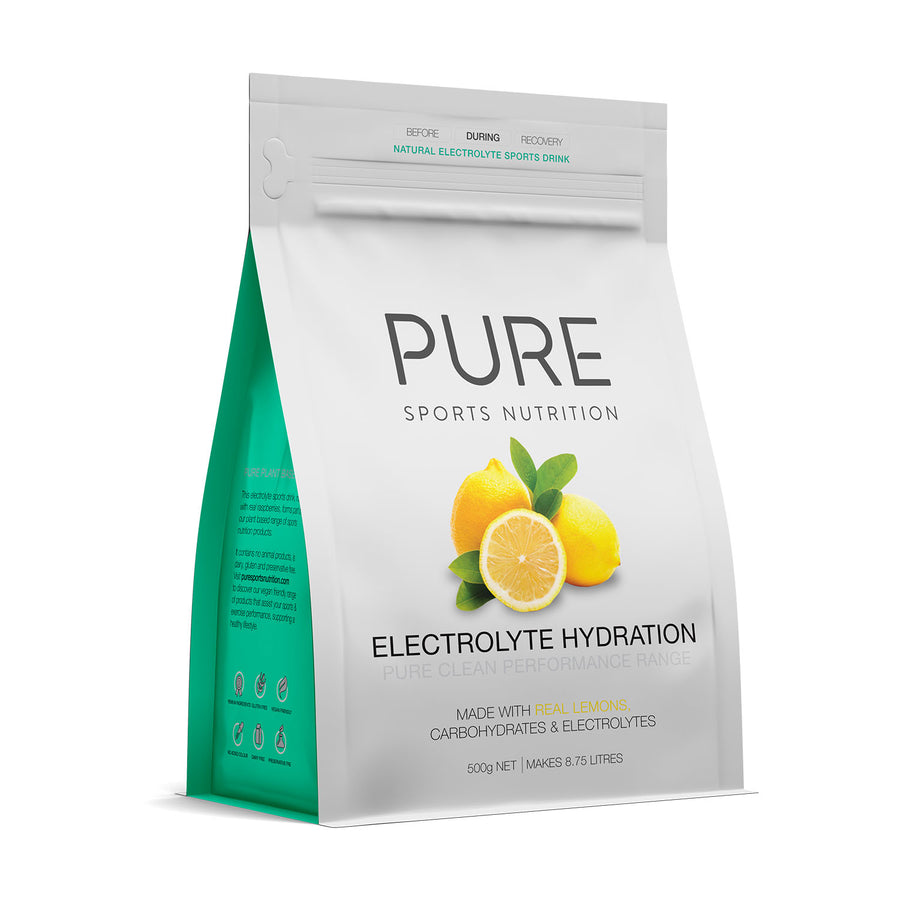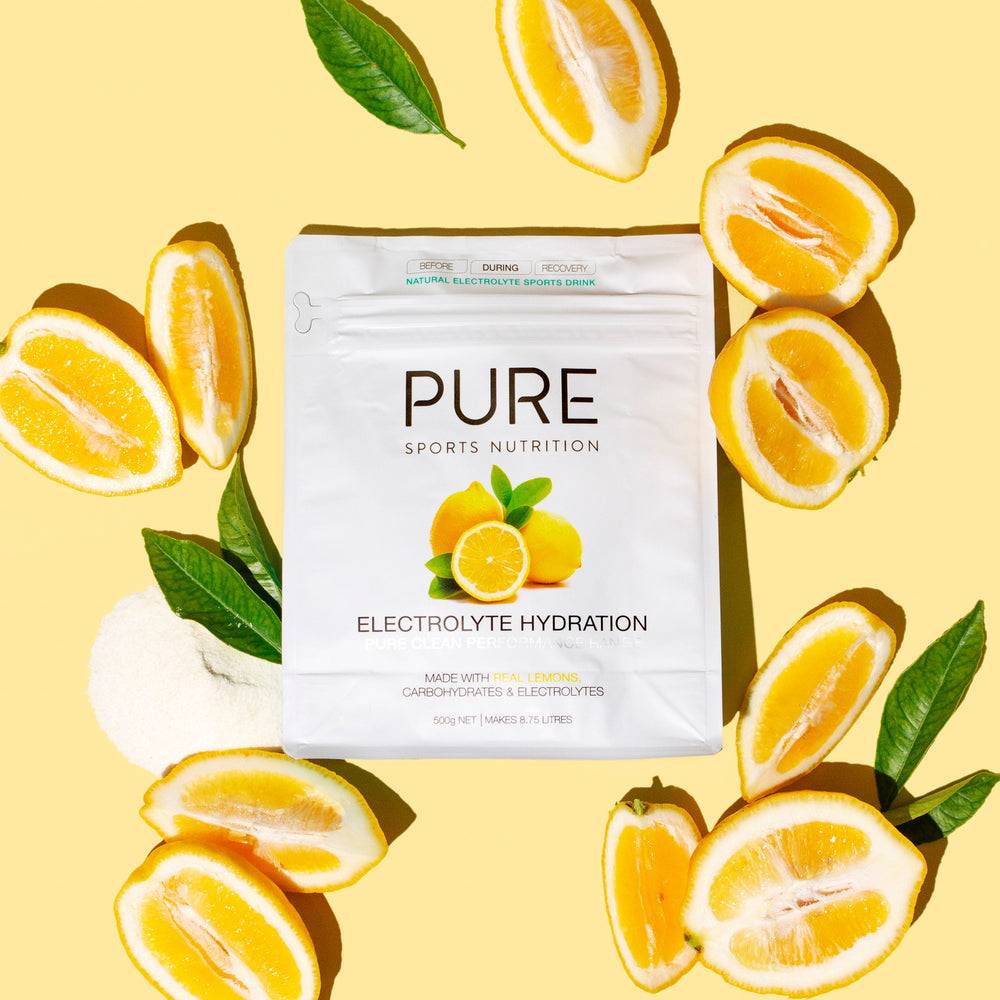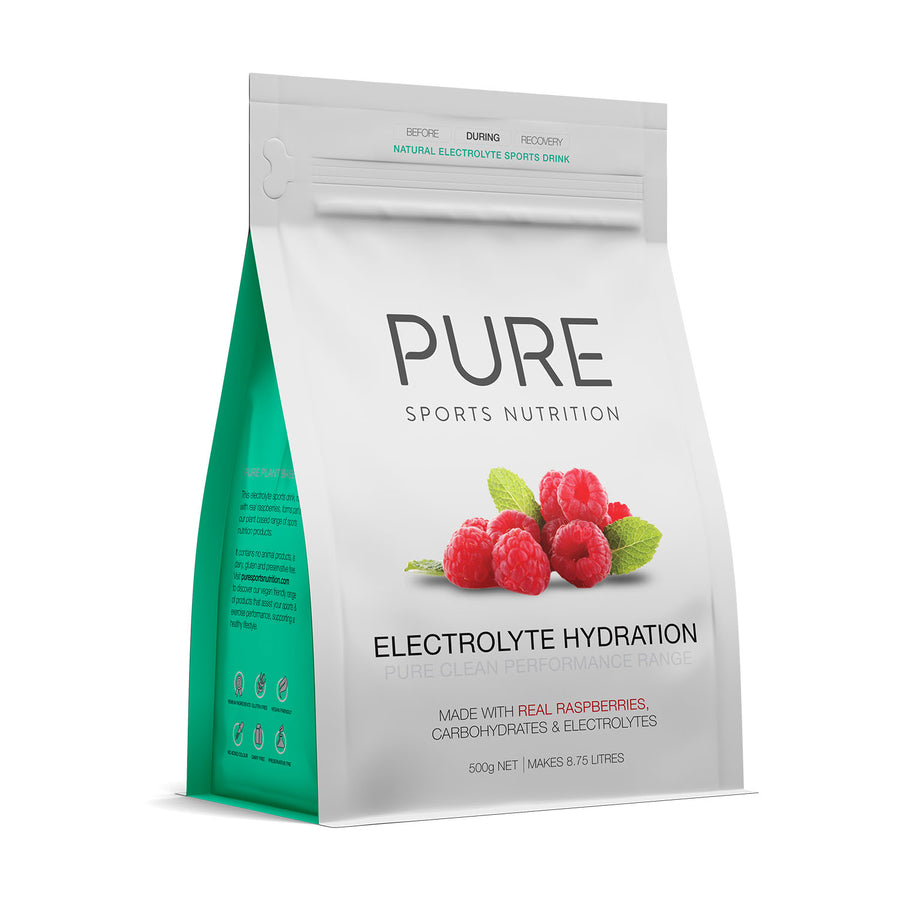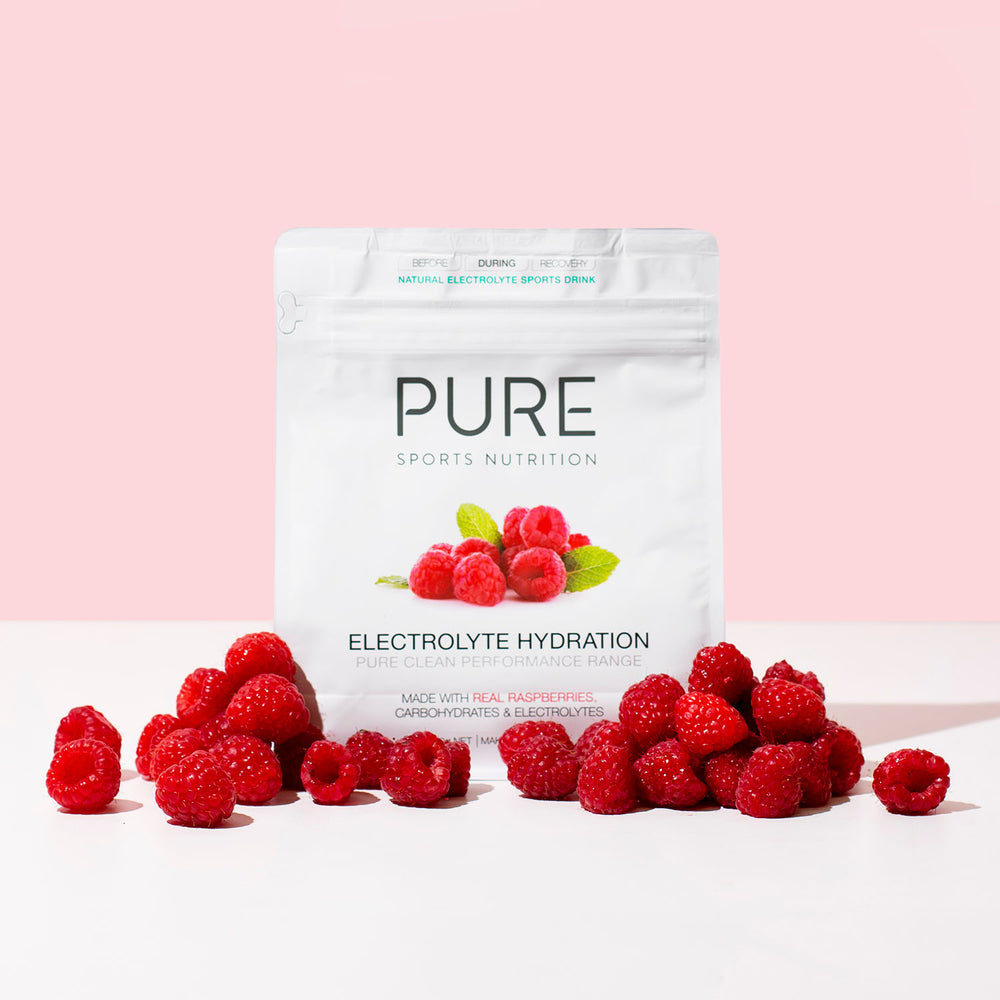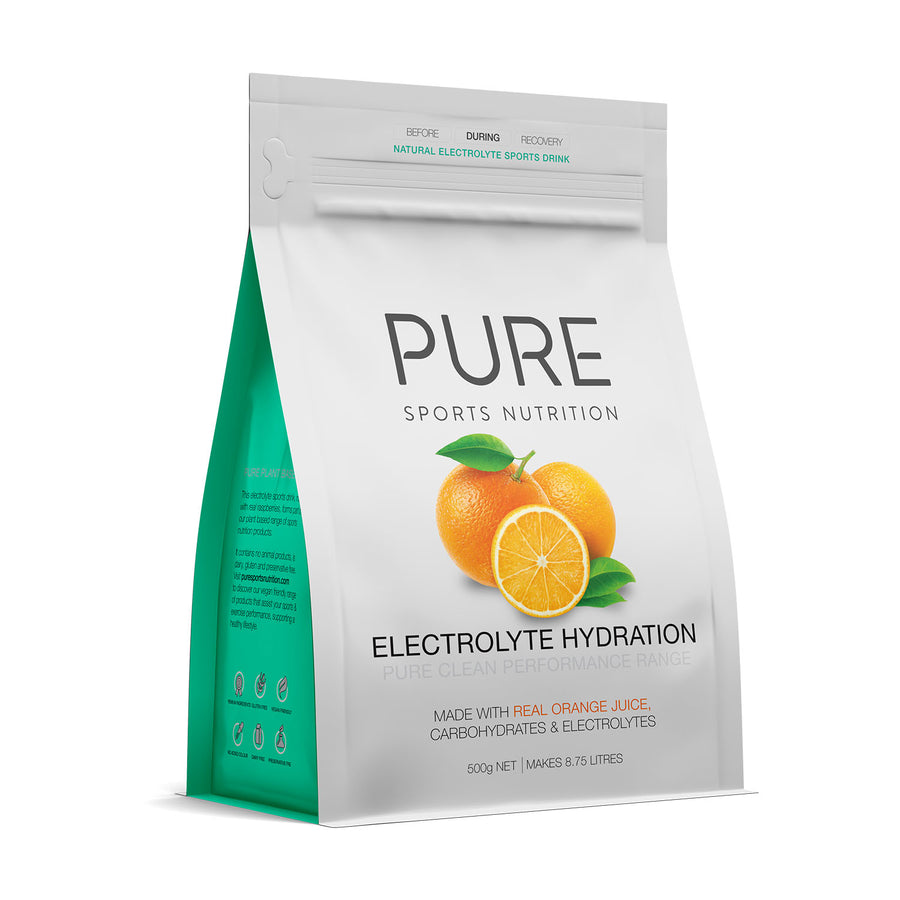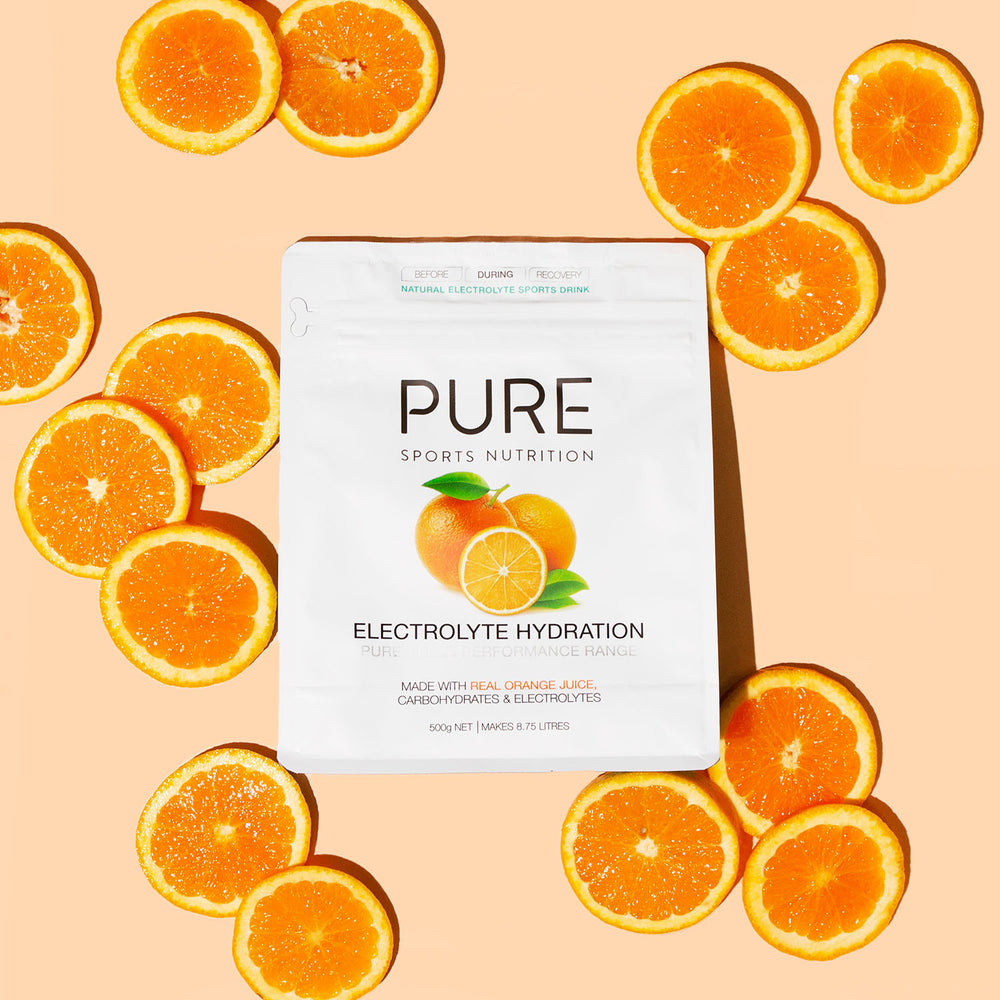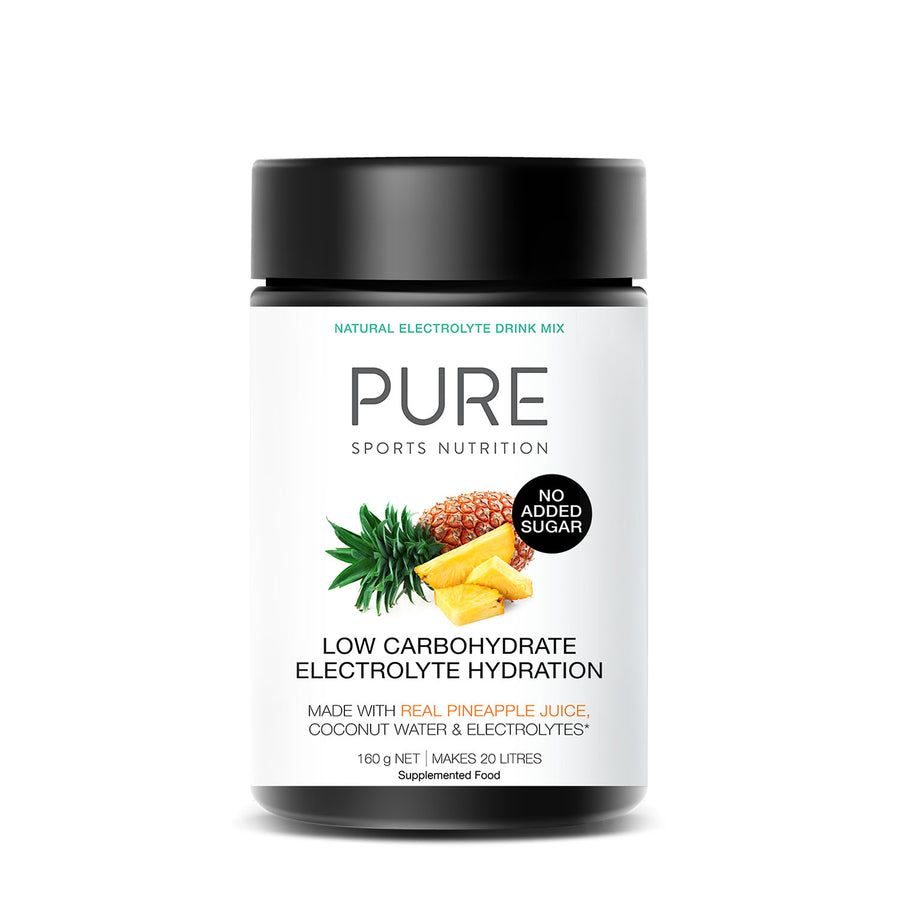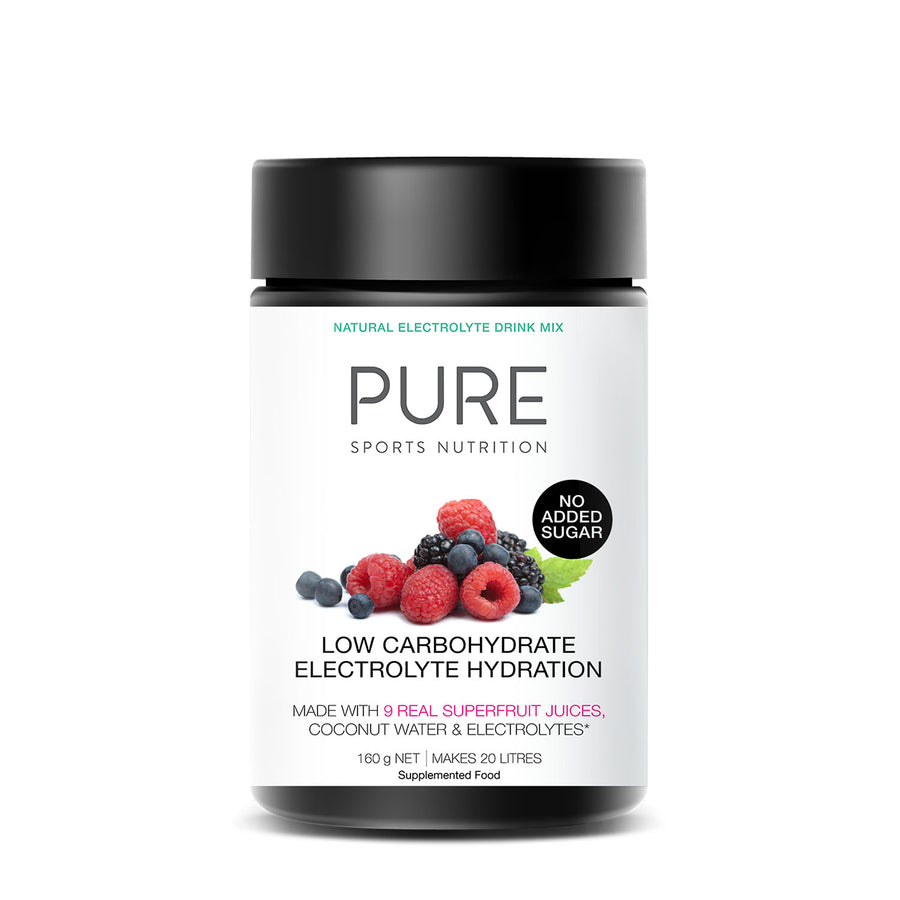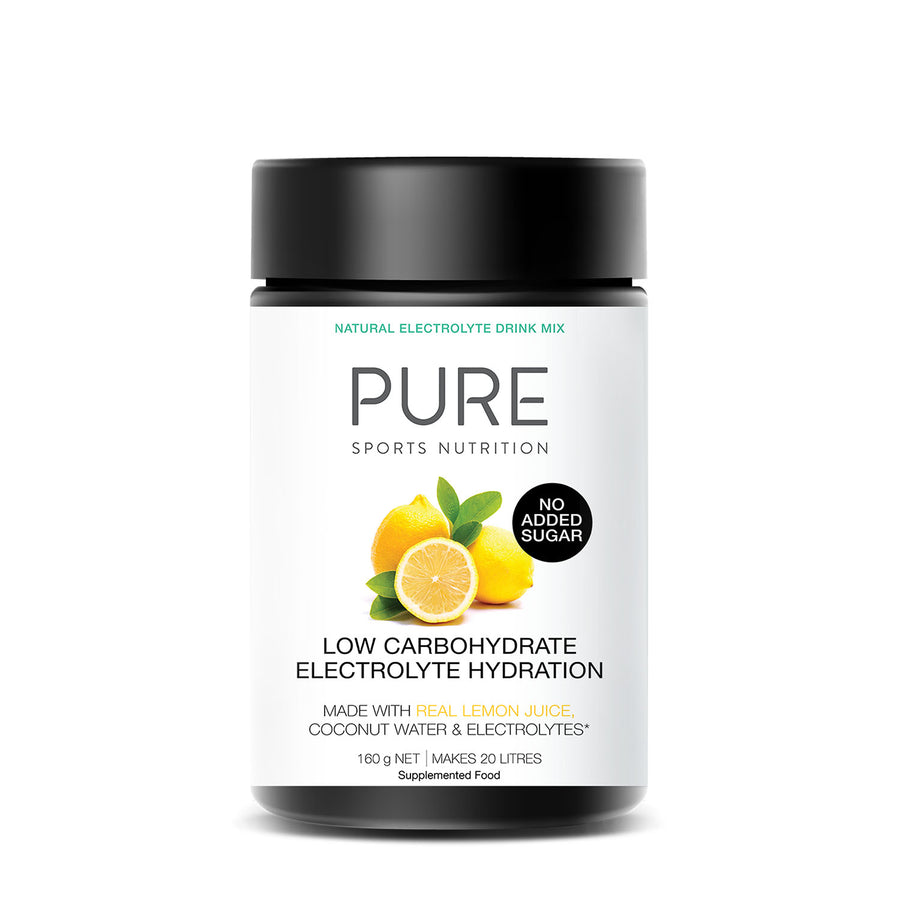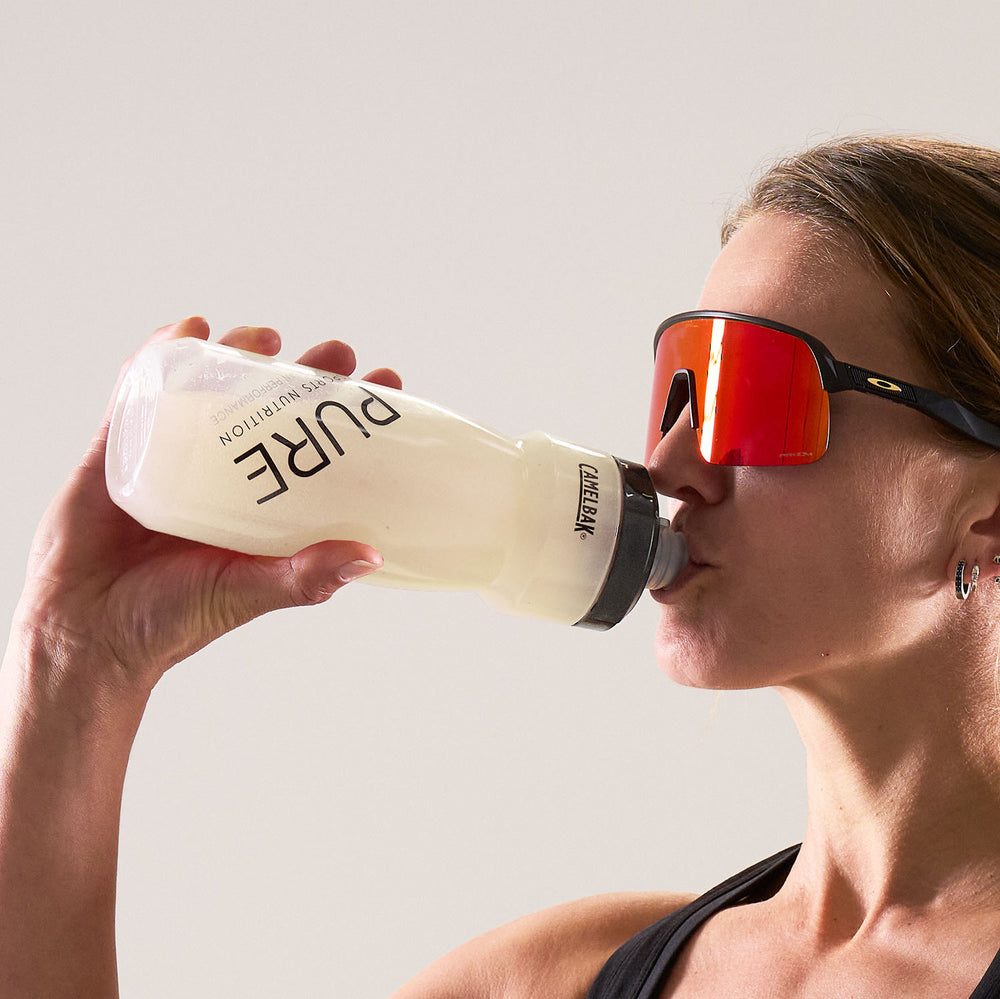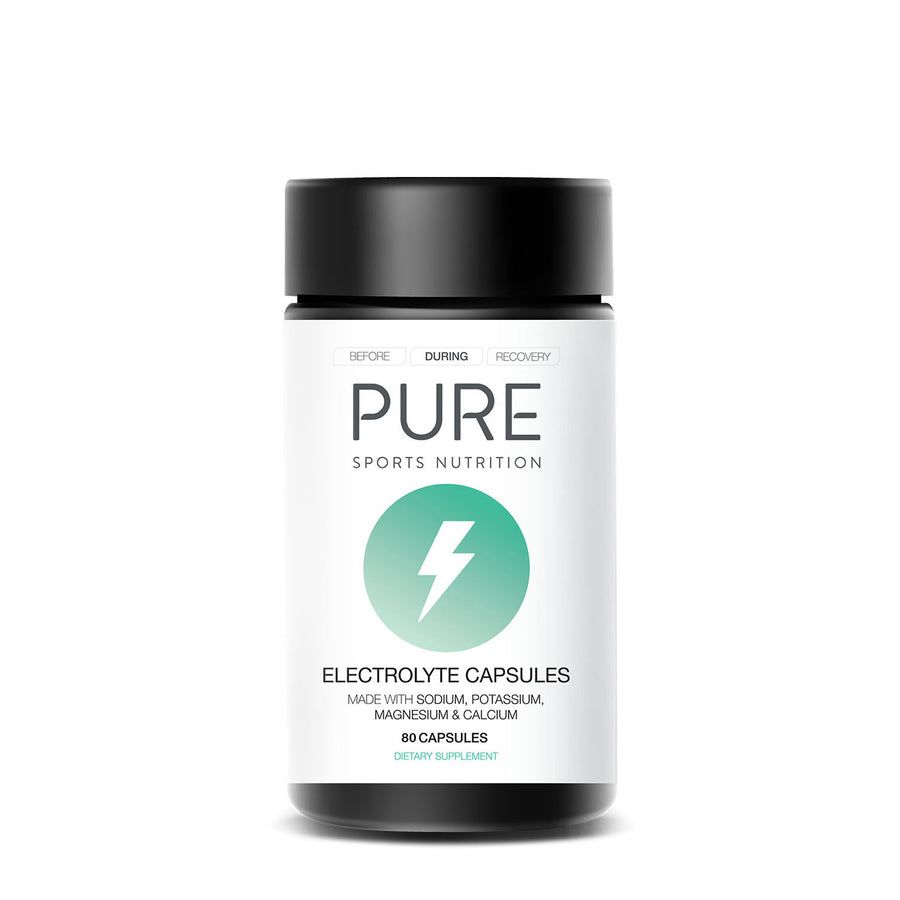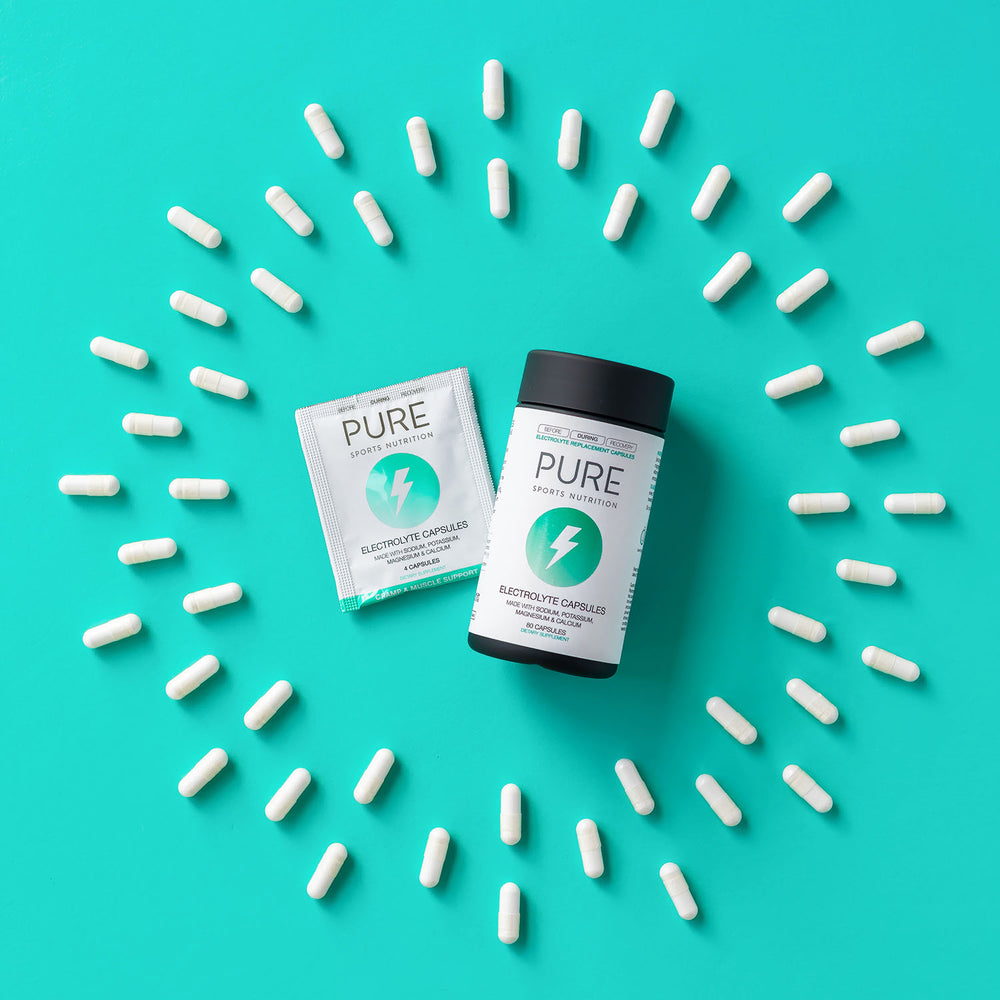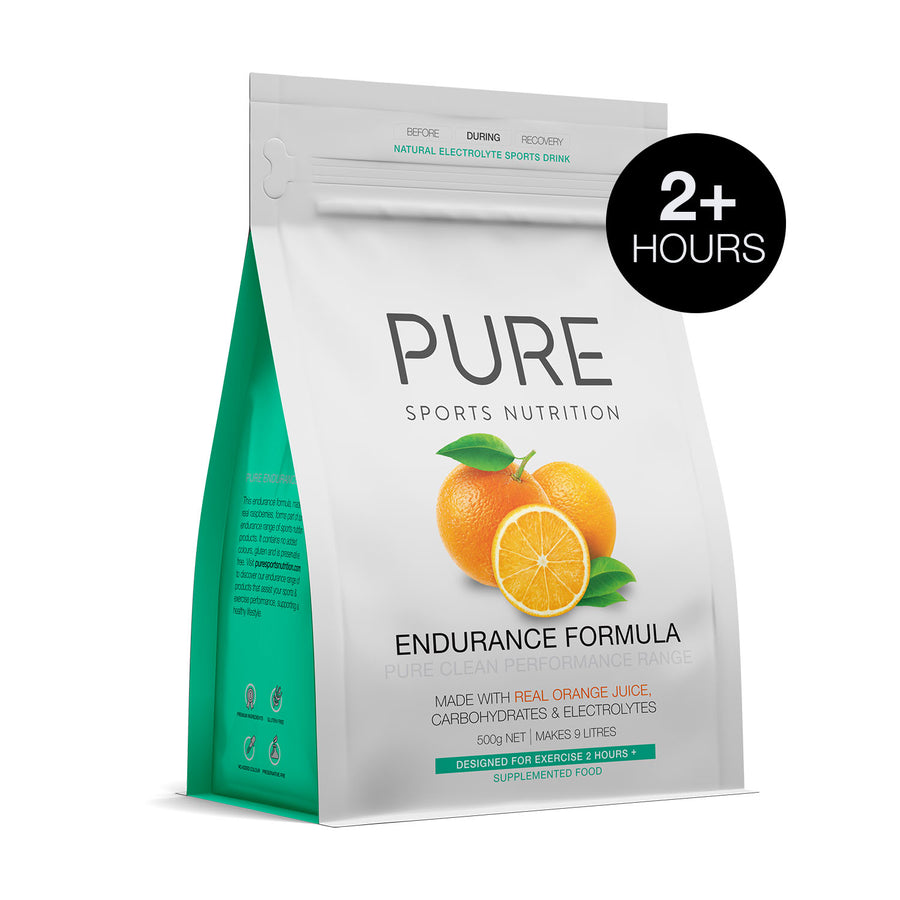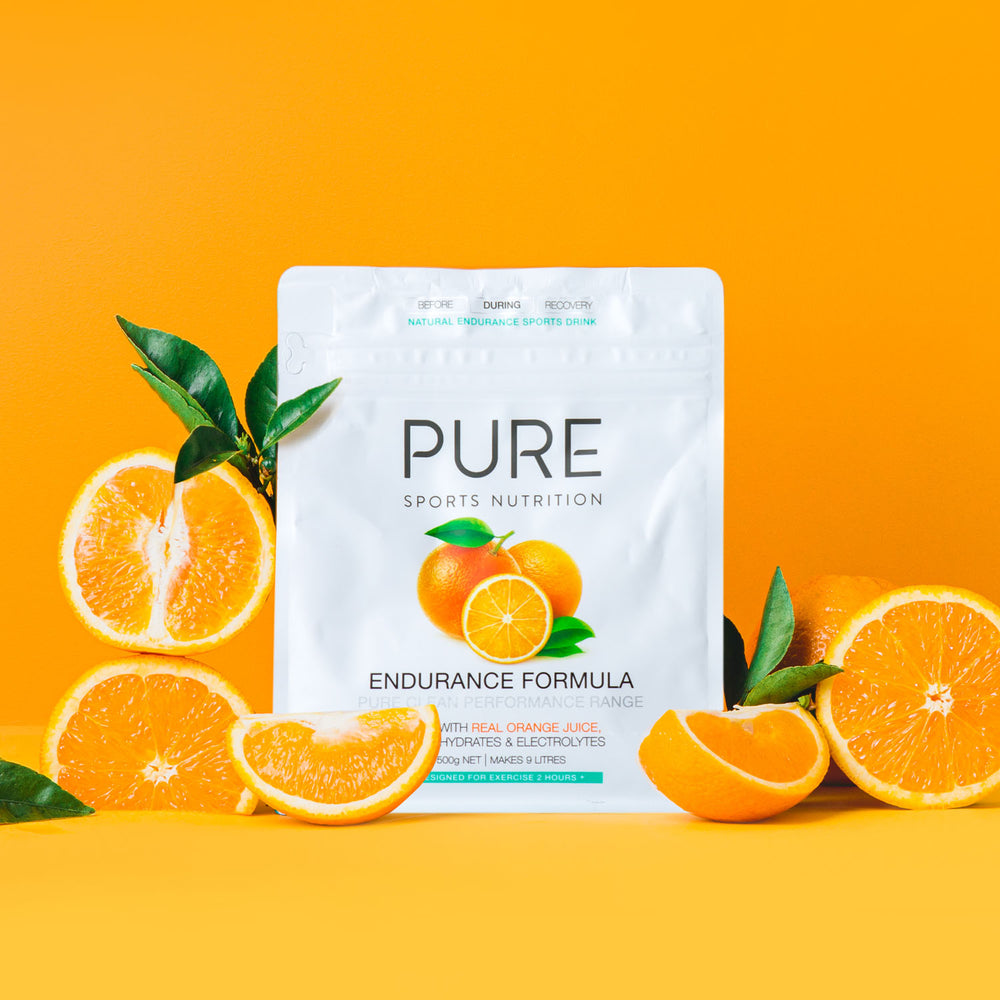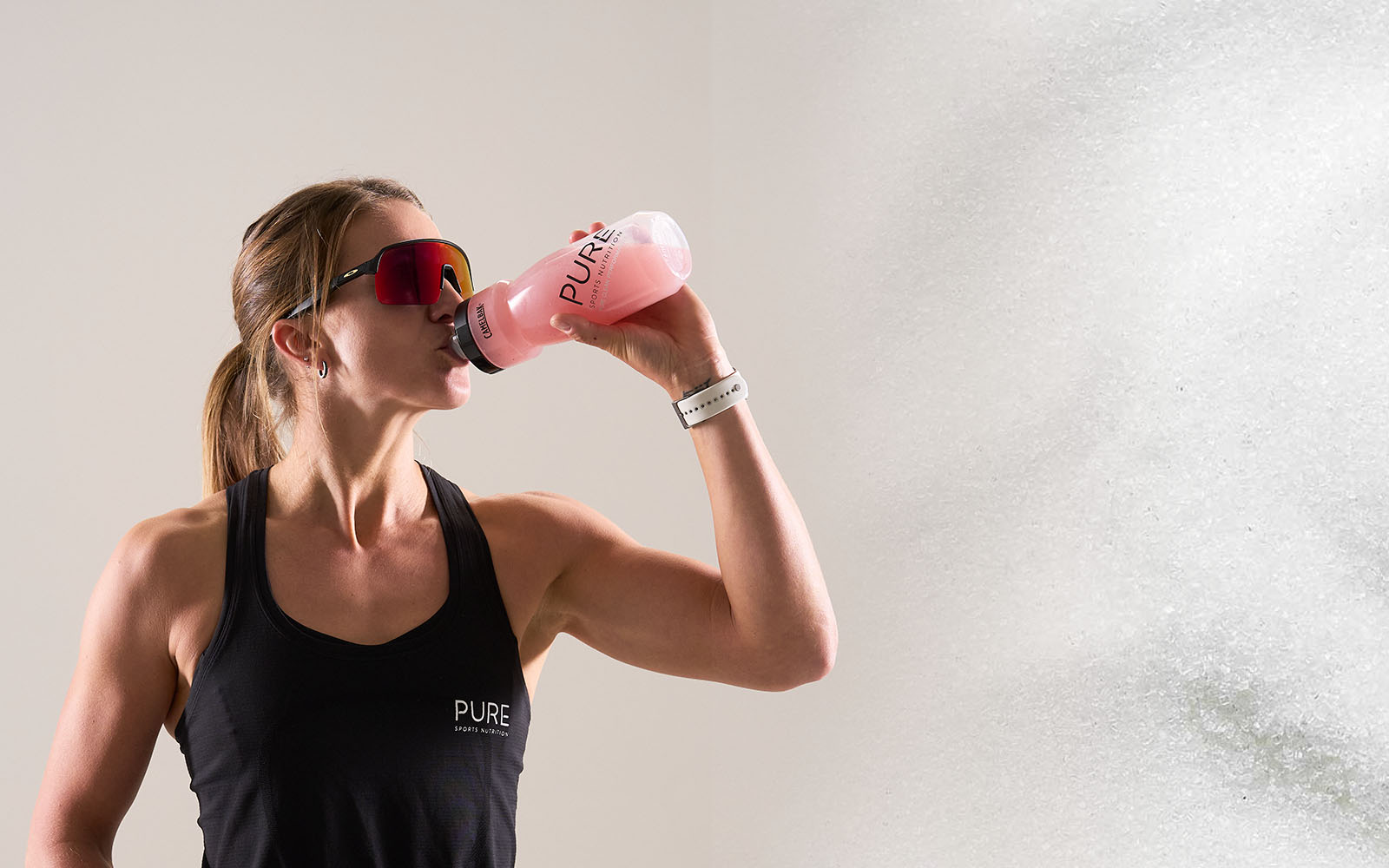
Understanding Sugar and Its Role in Sports Nutrition
Sugar often gets a bad rap, but in the realm of sports nutrition, it plays an essential role. For athletes and active individuals, understanding how sugar functions in the body can be the key to optimising performance and recovery. Co-founder and sports nutritionist Marewa Sutherland, explores the importance of sugar in sports nutrition and how to incorporate it into your fuel.
What Is Sugar?
Sugar is the building block to carbohydrate and the primary source of energy for our cells. While many associate sugar with unhealthy and over processed foods, it is important to consider it in context, as sugar is naturally found in most foods including fruits, vegetables, and dairy products.
The Role of Sugar in Sports Nutrition.
During exercise, the body begins to deplete sugar (glycogen) stores and needs quick and easily accessible sources of energy to support exercise, particularly after that 60-90 minute mark. This is when carbohydrate and sugar replacement help to prevent fatigue and literally fuel muscles and therefore performance.
- Before exercise: Consuming an energy gel 15-20 minutes before a race helps top up blood sugar levels, sparing the body's stores.
- During exercise: light endurance exercise requires around 30-50 grams of carbohydrates per hour, moderate intensity 50-60 grams per hour and high intensity or longer endurance exercise 60-90 grams plus hourly.
- Post exercise: The body’s glycogen stores need to be replenished after exercise to help recovery and rebuild from exercise. Aim to eat slightly more than your body weight in grams of carbohydrate, for example approximately 85 grams for a 70 kg athlete, as soon as possible.
Sugar replacement should begin early in exercise with the aim of preventing fatigue so start taking on fuel 15 minutes into the session or race and spread out evenly over each hour.
Types of Carbohydrate and Sugar
Sugar comes in multiple forms, which combine together in different structural make ups to form carbohydrates.
- Glucose: A simple sugar that is absorbed directly into the bloodstream, providing a quick energy boost.
- Sucrose: Commonly known as table sugar, sucrose is a combination of glucose and fructose. It provides both a quick energy source and a more sustained release of energy. PURE Electrolyte Hydration is a sucrose and glucose combination for fast absorption and hydration support.
- Fructose: Found in fruits and honey, fructose is absorbed more slowly than glucose. While it provides a longer-lasting energy source, it can cause digestive discomfort in some individuals when consumed in large amounts during exercise.
- Maltodextrin: Combined of glucose chains, maltodextrin breaks down and absorbs into the bloodstream quickly, providing energy with reduced risk of stomach upset. This is our chosen energy source in our energy gel ranges.
- Cluster Dextrin™: A highly branched and cyclic arrangement of glucose molecules, which sets it apart from linear dextrin’s (i.e. maltodextrin), it is able to provide high quantities and quick delivery of carbohydrates to the body, with low risk of stomach upset. Our Performance + Race Fuel utilises the power of Cluster Dextrin™.
When it comes to selecting the type of sugar or carbohydrate for your fuel, consider length and duration of your training or race and choose according to your needs. Don't forget to practice your nutrition plan in training and remember you can train your stomach to accept higher carbohydrate amounts, simply start small and slowly increase amounts over time.
Sugars and carbohydrates really are the pinnacle of sports nutrition so finding what works for you will pay off in performance and if you need some help choosing your nutrition our team are always here to help!
